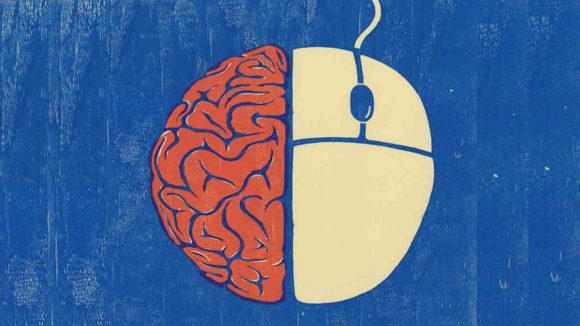“[Ask yourself] how much does it cost the [business] to recruit a customer and [the second question] how much is that customer worth to us over a lifetime,” Ian Hammersley, director of global e-commerce agency Smartebusiness, says many companies don’t know the answer to these two questions.
According to Hammersley, who spoke at a Mailchimp webinar, there are three tools. “E-commerce is simple. It’s about traffic, how many people buy, and how much they spend. That’s the revenue.”
Growing traffic into revenue
Hammersley says anyone who wants to grow their e-commerce business needs to think about how to get more traffic to their website. “The question is how much that traffic will cost [the business].”
Attracting a new customer, marketers must consider the highest amount the budget can allow to spend to win the person over. “You get these businesses that have this sort of fixed budget, where they spend $10,000 on marketing. Just because it feels like a good number. That’s really not the way to go. You need to understand how far you can go [to spend on a customer].”
A business’ conversion rate changes constantly, and marketers must take advantage of that.
The psychology behind e-commerce
“Conversion rate can be explained like this. If people come into a store, how many people buy products? The conversion rate is 3%, 4%, or 5%, depending on your e-commerce business,” says Hammersley. He says many people urge e-commerce owners to simply “get the conversion rate higher,” but Hammersley says it’s like saying: “Just be more successful. It’s really unhelpful.”
Imagine this: An e-commerce as a physical store. “You see some guys coming into your store, they see some products, they pick them up, then they drop them on the floor, and then they walk out. Some people will come to the shop door, open it, [peak in], but then close it again. And some peopel will take a product to the cashier, about to pay, and just drop the product and walk out.”
This is to explain how many online shoppers add items to their basket (11%), out of this small group, how many people proceed to checkout (55%), and from this group, how many actually place their order (84%).
Hammersley says new data shows that customers who buy products from e-commerce don’t land on the home page anymore but on the product page. “60% of customers land on the product page first, and 20% land on the home page. So they don’t come through the shop’s doors anymore. 20% of the customers fall on other pages first.”
He says marketers can “avoid making silly mistakes if they understand these basics. It’s very difficult to improve the conversion rate. If you try to do everything, you do nothing.”
About the author
Mia is a multi-award-winning journalist. She has more than 14 years of experience in mainstream media. She's covered many historic moments that happened in Africa and internationally. She has a strong focus on human interest stories, to bring her readers and viewers closer to the topics at hand.











